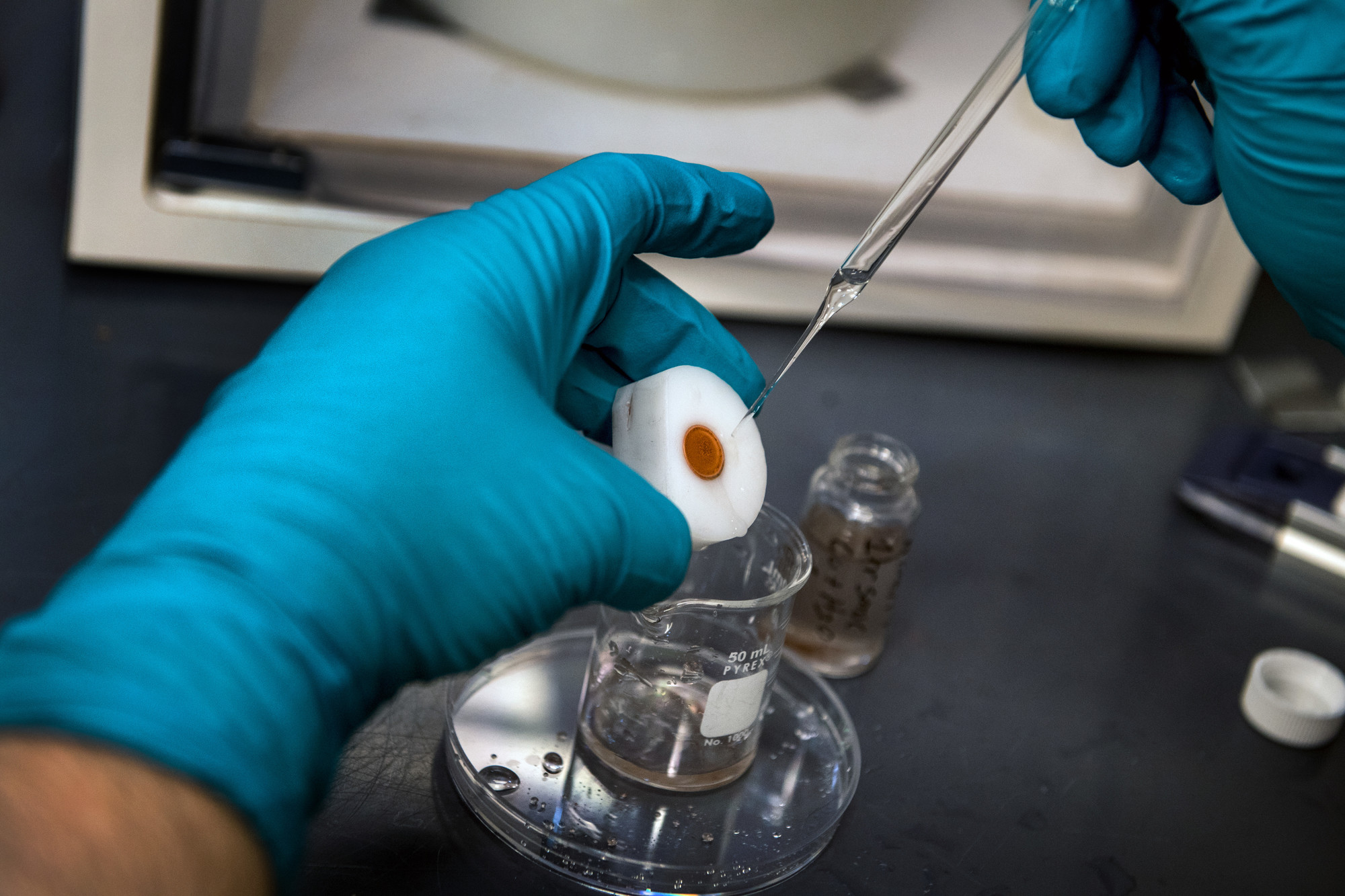Victoria Perepelitsa, PhD, School of Medicine

Her first major discovery involved identification of novel mechanisms attenuating expression and damage caused by LINE-1 retrotransposons. She was a key contributor to the establishment of somatic expression of LINE-1 in many normal human tissues, a finding that has triggered a broad recognition of somatic LINE-1 damage and its relevance to human disease and aging. Through her ongoing interest in understanding regulation of LINE-1 expression and activity in vivo, Dr. Belancio discovered an important connection between LINE-1 retrotransposons and melatonin signaling, a major component of the host circadian system. Using a unique tissue-isolated model of human cancer, her lab identified that nocturnal melatonin suppresses LINE-1 expression and retrotransposition through the activation of the G-protein coupled receptor melatonin receptor 1 (MT1). This unforeseen in vivo relationship between LINE-1-induced damage and melatonin signaling strongly supports that experiencing light exposure at night, which disrupts nocturnal melatonin production, may upregulate LINE-1 activity. Thus, shift workers and urban residents, who are continually subjected to artificial light at night, as well as the elderly, who experience age-dependent loss of nocturnal melatonin production, may have a higher risk of cancer due to the increase in genomic instability associated with LINE-1 damage. This finding was recognized by the U. S. National Academy of Science and the Alexander von Humboldt Foundation 18th annual German-American Kavli Frontiers of Science symposium in Potsdam, Germany.